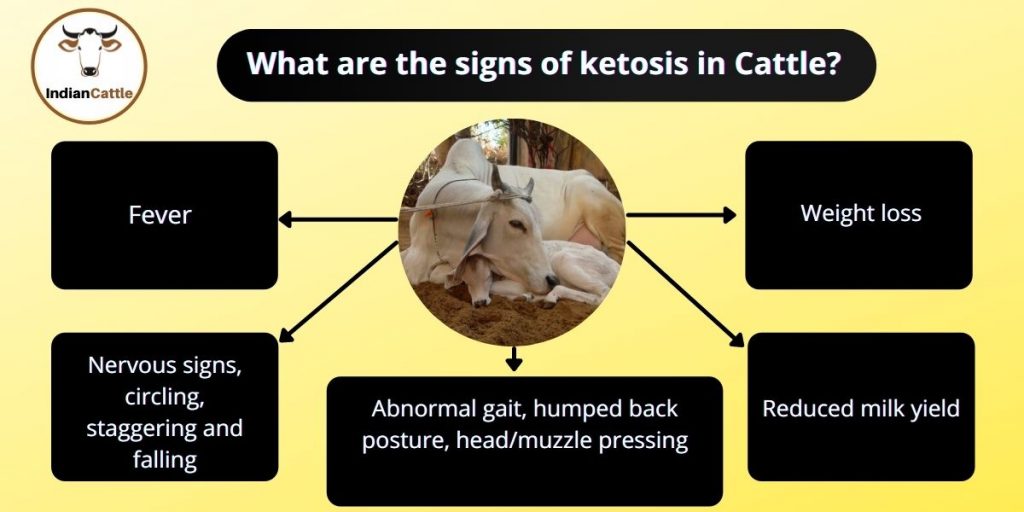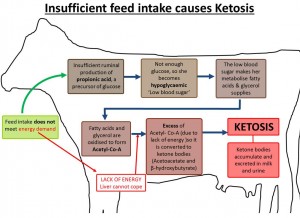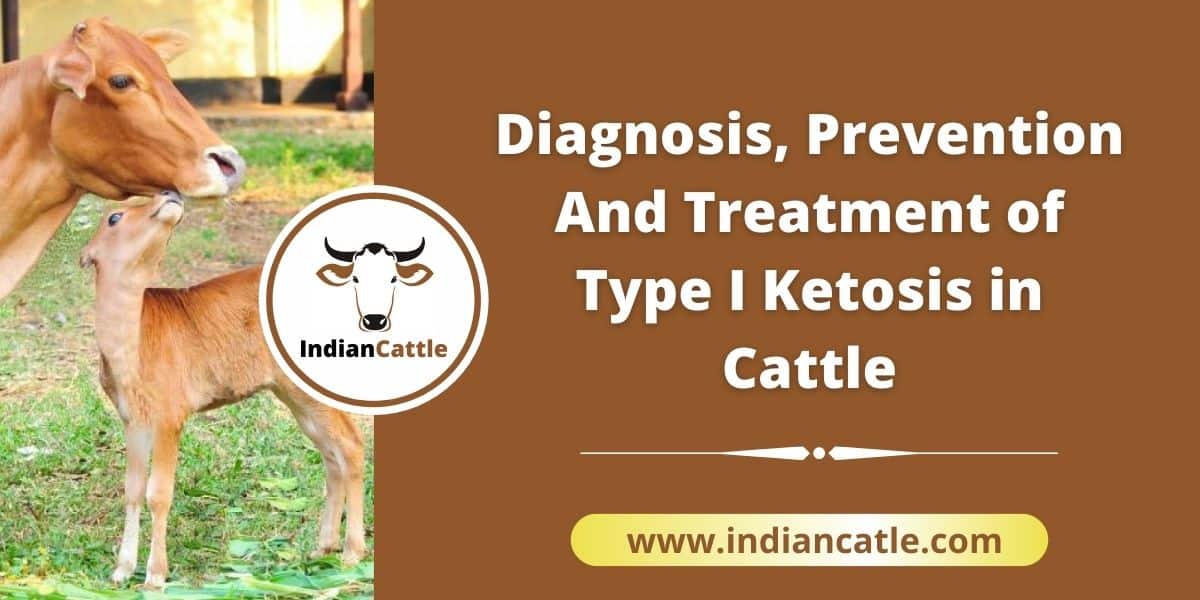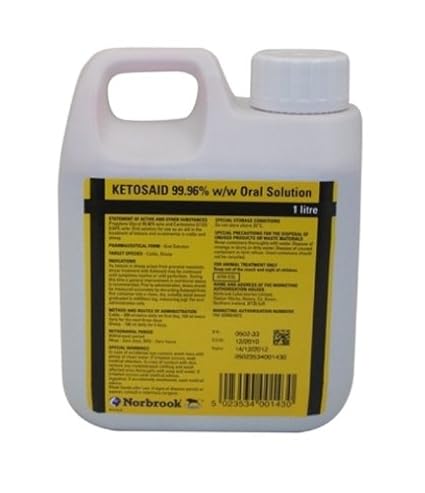treatment for recurrent ketosis in cattle What is ketosis? » how do you prevent ketosis in cattle?
What is Ketosis? How Do You Prevent Ketosis in Cattle?
 Ketosis is a metabolic disorder that can affect cattle. It occurs when the cow’s body has an excessive concentration of ketone bodies, which are produced when the animal breaks down fat for energy. This condition typically occurs during the transition period between late pregnancy and early lactation. One of the main causes of ketosis in cattle is an imbalance in their diet. When cows are not receiving enough carbohydrates in their diet, their bodies start breaking down fat stores, leading to an excess of ketone bodies. High-producing dairy cows and recently calved beef cows are particularly susceptible to this condition.
Ketosis is a metabolic disorder that can affect cattle. It occurs when the cow’s body has an excessive concentration of ketone bodies, which are produced when the animal breaks down fat for energy. This condition typically occurs during the transition period between late pregnancy and early lactation. One of the main causes of ketosis in cattle is an imbalance in their diet. When cows are not receiving enough carbohydrates in their diet, their bodies start breaking down fat stores, leading to an excess of ketone bodies. High-producing dairy cows and recently calved beef cows are particularly susceptible to this condition.
Symptoms of Ketosis in Cattle
 The symptoms of ketosis in cattle can vary, but some common signs to look out for include:
The symptoms of ketosis in cattle can vary, but some common signs to look out for include:
- Decreased milk production
- Loss of appetite
- Weight loss
- Noticeable acetone odor in breath or milk
- Weakness or lethargy
- Nervousness or excitability
Preventing Ketosis in Cattle
Preventing ketosis in cattle is important not only for the animal’s well-being but also for maintaining optimal productivity. Here are some key preventive measures you can take:
- Proper Nutrition: Ensure that your cattle receive a balanced diet that meets their energy requirements during the transition period. Include sufficient amounts of carbohydrates to prevent the breakdown of fat stores for energy.
- Monitoring Body Condition: Regularly assess the body condition score of your cows to detect any excessive weight loss or fat mobilization. Adjust their diet accordingly to prevent ketosis.
- Minimize Stress: Stress can increase the risk of ketosis in cattle. Provide a comfortable and low-stress environment by ensuring proper ventilation, maintaining clean and dry bedding, and reducing crowding.
- Gradual Dietary Changes: Avoid abrupt dietary changes to minimize the risk of ketosis. Introduce new feeds slowly and monitor the cow’s response to avoid any metabolic disruptions.
- Veterinary Care: Regularly consult with a veterinarian who can provide guidance on preventing ketosis and monitor the health of your cattle.
Conclusion
Ketosis is a metabolic disorder that can affect cattle, particularly during the transition period between late pregnancy and early lactation. Proper nutrition, careful monitoring of body condition, stress reduction, gradual dietary changes, and regular veterinary care are all essential in preventing ketosis. By prioritizing these preventive measures, you can ensure the well-being and productivity of your cattle.
If you are searching about Лечение клинического кетоза у коров. Treatment of clinical ketosis in you’ve came to the right page. We have 5 Pictures about Лечение клинического кетоза у коров. Treatment of clinical ketosis in like What is Ketosis? » How Do You Prevent Ketosis in Cattle?, Лечение клинического кетоза у коров. Treatment of clinical ketosis in and also Лечение клинического кетоза у коров. Treatment of clinical ketosis in. Read more:
Лечение клинического кетоза у коров. Treatment Of Clinical Ketosis In
 www.youtube.comWhat Is Ketosis? » How Do You Prevent Ketosis In Cattle?
www.youtube.comWhat Is Ketosis? » How Do You Prevent Ketosis In Cattle?
 indiancattle.comWhat Is Ketosis? » How Do You Prevent Ketosis In Cattle?
indiancattle.comWhat Is Ketosis? » How Do You Prevent Ketosis In Cattle?
 indiancattle.comNorbrook - Ketosaid Cattle & Sheep Ketosis Treatment X Size: 1 Lt
indiancattle.comNorbrook - Ketosaid Cattle & Sheep Ketosis Treatment X Size: 1 Lt
 www.amazon.co.ukketosis
www.amazon.co.ukketosis
Ketosis A Metabolic Disorder Of Cattle – Veterinary Studio
 veterinarystudio.wordpress.comketosis metabolic cattle dairy cows hypoglycaemia metabolism diseases lactation acetone disorders caused showing causing
veterinarystudio.wordpress.comketosis metabolic cattle dairy cows hypoglycaemia metabolism diseases lactation acetone disorders caused showing causing
What is ketosis? » how do you prevent ketosis in cattle?. Ketosis a metabolic disorder of cattle – veterinary studio. Ketosis metabolic cattle dairy cows hypoglycaemia metabolism diseases lactation acetone disorders caused showing causing